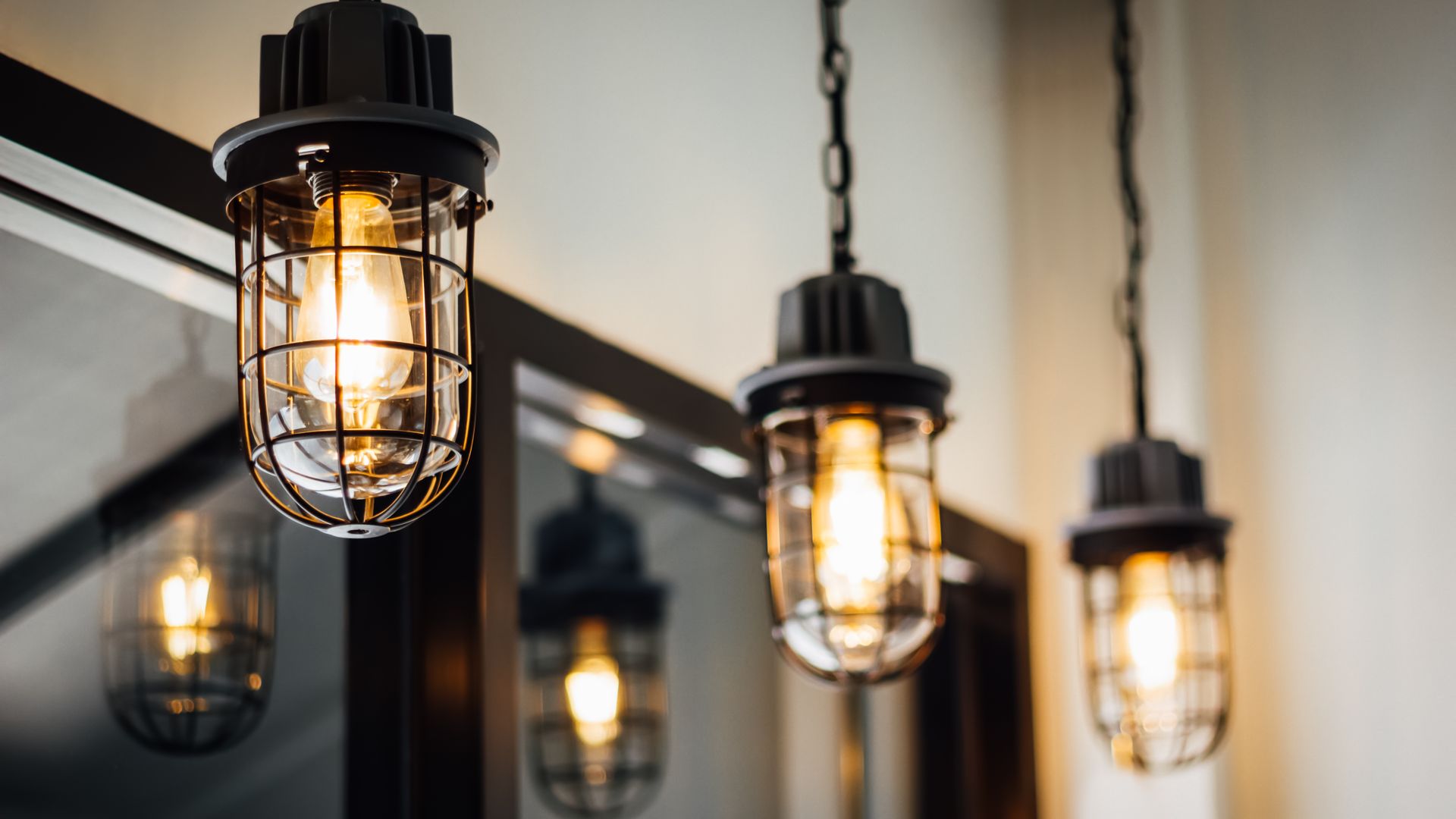Electrical Switches
The most familiar electrical switch is the common light switch, referred to by hardware dealers and electricians as a single-pole switch. A switch that operates lights from two locations—the ends of a hallway, for example—is called a three-way switch. Some electrical switches are operated with keys, timers, or photoelectric eyes that sense daylight. Some switches are paired up with outlets (a combination switch) and others have their own indicator light to let you know the switch is on. Outdoor electrical switches are mounted in a special box and operated with a lever. Special dimmers are needed for fluorescent and neon lights and loads greater than 1,000 watts. Switches should match the amp and voltage ratings for the circuit. If your home has aluminum wiring, the switches should be designated CU-AL for compatibility.
Electrical Outlets
Electrical outlets, sometimes called receptacles, provide a place to plug in lamps, toasters, and other electrical appliances that are not “hard-wired” or permanently wired to the electrical system. In the United States, most standard home electrical circuits are on a 120-volt line. Conventional outlets have two places to plug in devices and so are called duplex outlets. Contemporary outlets include a half-round hole that receives the grounding plug on an electrical cord. A wire leads from this hole to the system’s ground to provide protection against shock when an appliance is plugged into it.
In older homes, electrical outlets aren’t always fitted with grounding plugs; they have only the paired slots. If your home’s outlets are like these, you’ve probably discovered grounding adapters, those little plugs that convert the end of a three-pronged plug to two-pronged. If you use one of these, be sure to attach the adapter’s grounding metal flange to the wall receptacle’s center screw, which must be grounded. Otherwise, you’ll defeat your electrical system’s safety grounding. Revamping these old two-pronged electrical outlets is a common electrical upgrade for homeowners.
